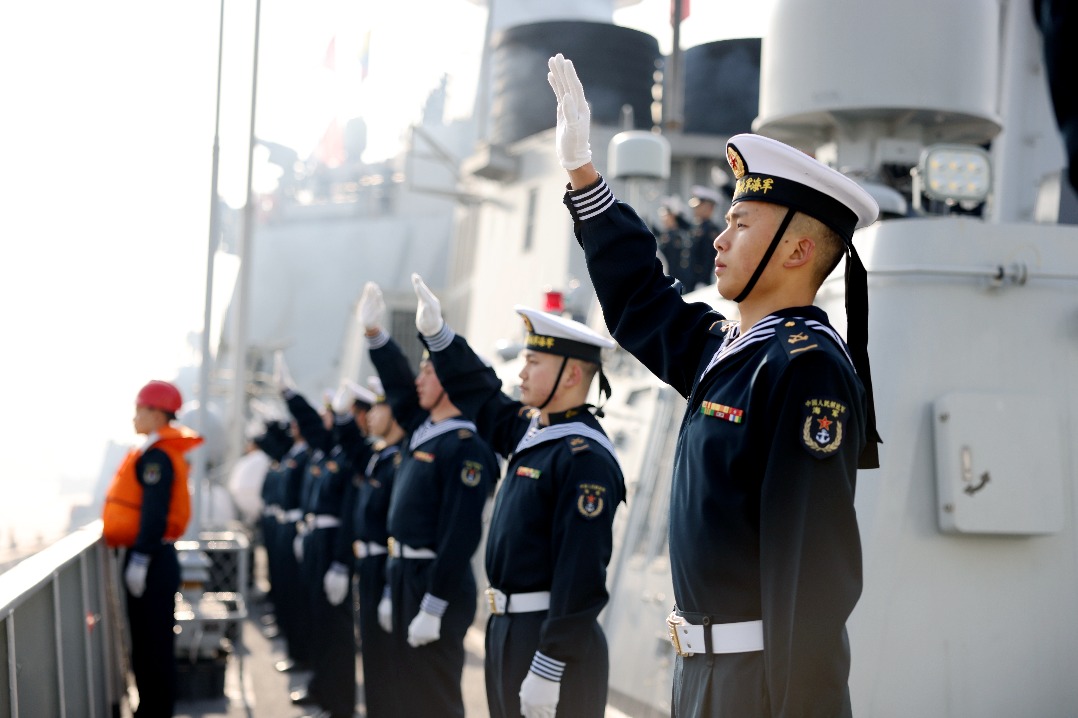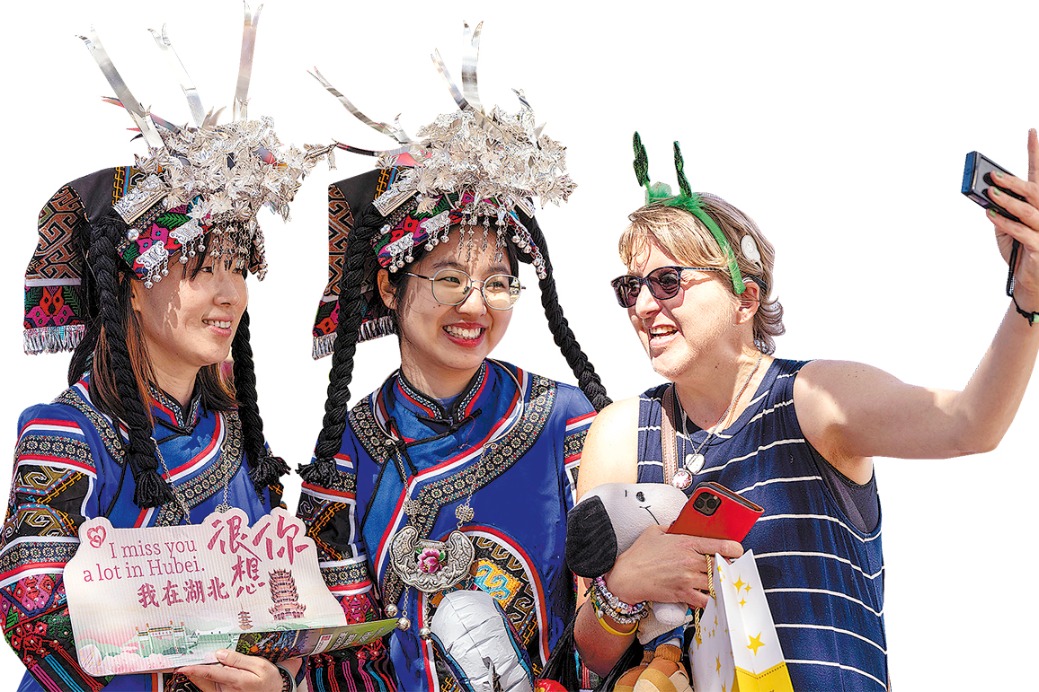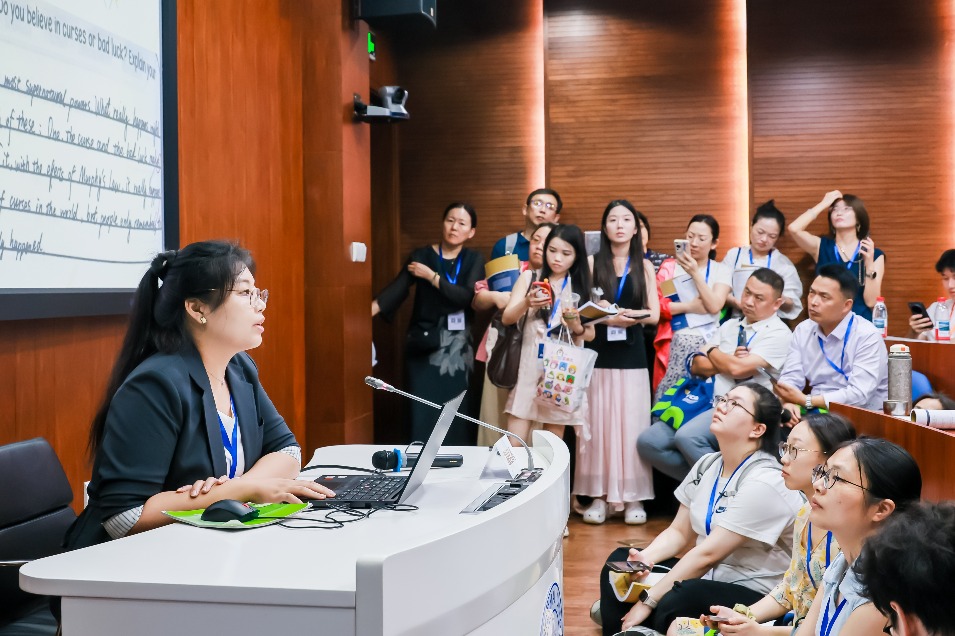Table manners about more than just chopsticks

Knowing your place can pay dividends (吃饭, chī fàn, dining)
Chinese people are very hospitable and like to treat friends or business partners to a sumptuous dinner to show their hospitality and sincerity. Such dinners are important for Chinese, and many business deals are settled there.
The seating arrangement is very particular, but may differ from place to place.
Generally, the table for a banquet is round. The head seat is the central one that faces the entrance door, and this is normally where the host sits. Sometimes it can also be reserved for the guest who is either the eldest, the most important, or holds the highest rank.
The seat on the immediate right is for the honored guest, and the seat on the immediate left is for the second guest. The seating arrangement usually follows two principals: one relates to the distance to the head seat, and the other give priority to seats on the right.
The seat opposite the head seat is usually taken by a person from the hosting group; sometimes it suggests that the person who is seated there will pay for the dinner.
In a Chinese dinner, keeping the balance between the proportion of meat and vegetable dishes is viewed as a given. Normally, the main guest, older people or the those of higher rank are given the honor of ordering. Sometimes the host will order according to guests' tastes.
In a Chinese dinner, cold dishes are served first, then hot dishes, then staple food. Fruits are served last. Cold dishes are regularly ordered in an even number depending on the number of guests. The number of hot dishes, as for main courses, usually falls as four, six or eight (or other even numbers because Chinese people believe them to be lucky). Regular dinners usually have six to 12 hot dishes. Staples such as rice, pancakes, noodles, dumplings and others are provided after the hot dishes, then sometimes comes soup, with fruit served at the end.
Unlike most Westerners, Chinese usually share all of the dishes. On the table there is usually a large, rotating tray, and all the dishes ordered are placed on it. When eating, one uses chopsticks or a spoon to transfer the food into one's own plate or bowl. People take just one portion each time, not all the food they want to eat.
In daily life, 筷子(kuàizī), chopsticks, also play an important role in Chinese table manners and some principals need to be kept in mind. Before the meal, the chopsticks should be placed parallel to one another on the right side of one's plate or bowl; during the meal, the chopsticks should be placed on the rack or plate after use, not placed casually back on the table. After the meal, the chopsticks should be placed in a vertical line on the middle of the rice bowl. Do not use chopsticks to turn over the food in the dishes. Do not point at people with the chopsticks during a meal.
In China, the dinner bill will usually be paid by the one who issued the invitation, but sometimes Chinese will compete to pay for the bill. This is mainly related to the culture of maintaining face. Chinese usually believe that whoever pays the bill is more generous and values the friendship more, and thus gains more face.
China is a country with a splendid catering culture diverse in its various culinary regions; just remember 入乡随俗 (rùxiāngsúisú), "A guest should suit the convenience of the host" and "When in Rome, do as the Romans do."
Useful vocabulary
凉菜 (liángcài) cold dishes
热菜 (rècài) hot dishes
主食 (zhǔshí) staple food
米饭 (mǐfàn) rice
馅饼 (xiànbǐng) pancake
面条 (miàn tiáo) noodles
饺子 (jiǎozi) dumplings
汤羹 (tāng gēng) soup
干杯 (gān bēi) cheers
This article is based on a lesson provided by the Business Confucius Institute at the University of Leeds. To find out more, go to http://lubswww.leeds.ac.uk/confucius/home/
(China Daily Africa Weekly 08/15/2014 page27)
Today's Top News
- SCO summit poised for fruitful outcomes
- Steps to spur consumption, enhance vitality
- Flag patterns for four branches of PLA unveiled
- China seeks to deepen dialogue, consultations with US
- Pacific Ocean should not be turned into a sea of zero-sum disturbances: China Daily editorial
- Xi signs order to commend military units, individuals






























